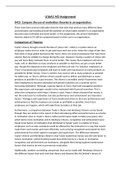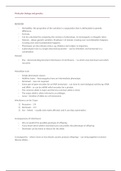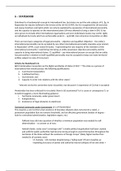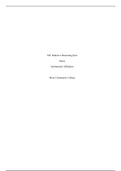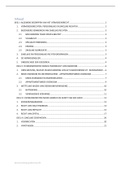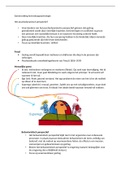Other
Study Sheet: Unit 2 - Assaults
- Module
- Criminal Law
- Institution
- University Of Law (ULaw)
This is a useful study sheet for Unit 2 of Criminal Law Module, on Assaults. It contains all the important information for this Unit in 5 pages, alongside exam structure and helpful tips. I used this in my open-book exam to attain a distinction.
[Show more]




